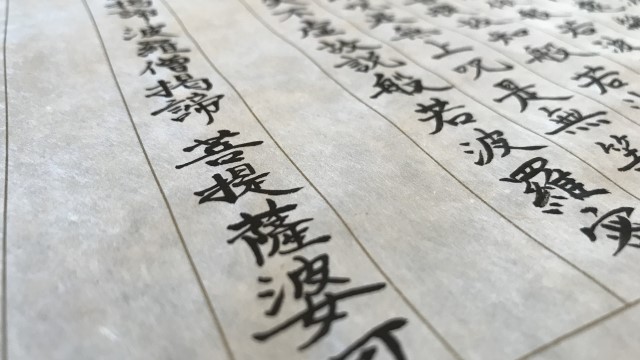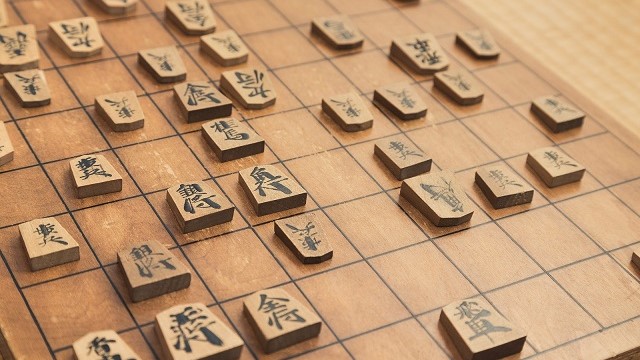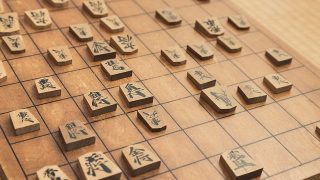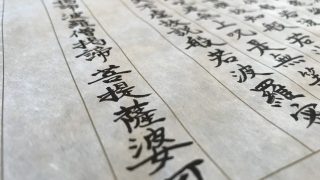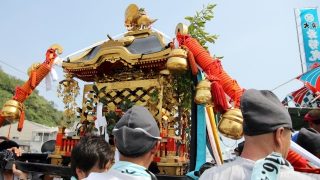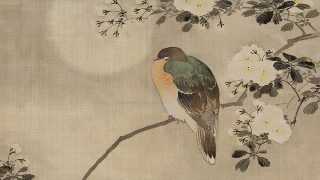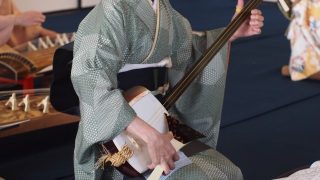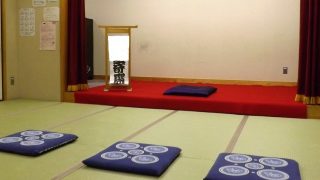About Go
Go is a board game in which two people compete to win or lose each other, like Shogi.
Two players create their territory on the Go board.
They take territory from each other and compare the size of the final territories.
Once placed, a Go stone cannot be removed or moved unless the opponent’s stone surrounds it.
The area surrounded by your stone becomes the territory, and the player with the more territory wins.
Although Go’s roots are unclear, Go started in China in BC.
The history of Go in Japan
The roots of Go are unknown, but there is a description in the early 7th century books that “People prefer Go.” Go board and Go stone are also left in the Shosoin Repository in Nara prefecture.
During the Heian period, Go was preferred by the noble people.
It is said that Murasaki Shikibu and Sei Shonagon, famous authors, were very good at Go.
During the Kamakura period, it also spread to samurai and Buddhist monks.
During the Azuchi Momoyama period, the Buddhist monk Honinbo Sanza was famous as a master and served three Generals (Shogun): Nobunaga Oda, Hideyoshi Toyotomi, and Ieyasu Tokugawa.
Honinbo was appointed to the official Go position by Hideyoshi, and by Ieyasu, he was appointed a master Go player (general director of Japan’s Go).
After being introduced to Japan, Go tools and rules developed their way.
In 1612, 8 Go famous players were served by the Edo feudal government and became more popular among the people.
After that, “Oshiro Go,” which was played in front of the General (Shogun), began.
The rules of Go

The players are divided into black and white stones and alternately play individually.
The game starts from an empty board, and the first move is from the black stone player.
The place where you play the Go stone is at the intersection of the lines, and you make your way to expand your territory.
Once placed, the Go stone cannot be removed or moved unless the opponent’s stone surrounds it.
The area surrounded by your stone becomes your territory, and the player with the more territory wins.
The tools of Go
Go board
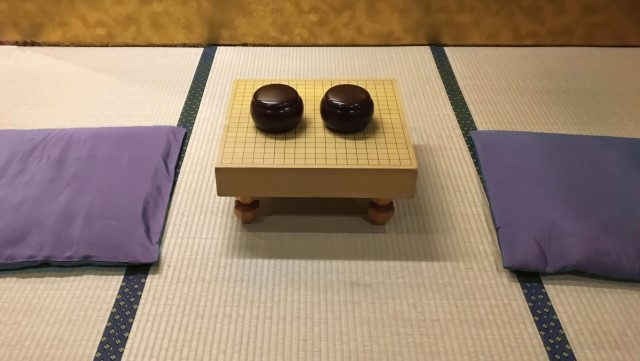
In the Go board, horizontal and vertical lines are drawn at equal intervals, and the Go stone is put at the intersection of these lines.
The Go board name “19 Goban,” with 19 vertical and horizontal lines (the number of intersections is 361), is a go board that is often used.
Kaya, Katsura, Hinoki (Tree type), etc., are mainly used for the Go board material.
Go stone
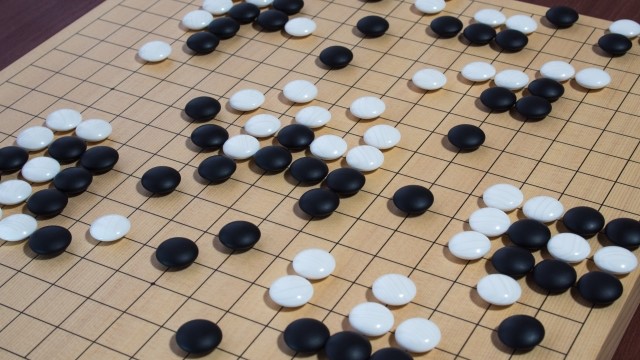
Two types of round stones, black and white, are used.
Since white stone looks and feels bigger, Black stones have the characteristic of being made larger than white stone.
Go title in Japan
Go has 7 major titles in Japan.
Honinbo(本因坊), Kisei(棋聖), Meijin(名人), Ouza(王座), Tengen(天元), Gosei(碁聖), Zyudan(十段).
In Japan’s Go, Yuta Iyama monopolized 7 major titles for the first time in 2016.
It was a great achievement at the age of 26.




